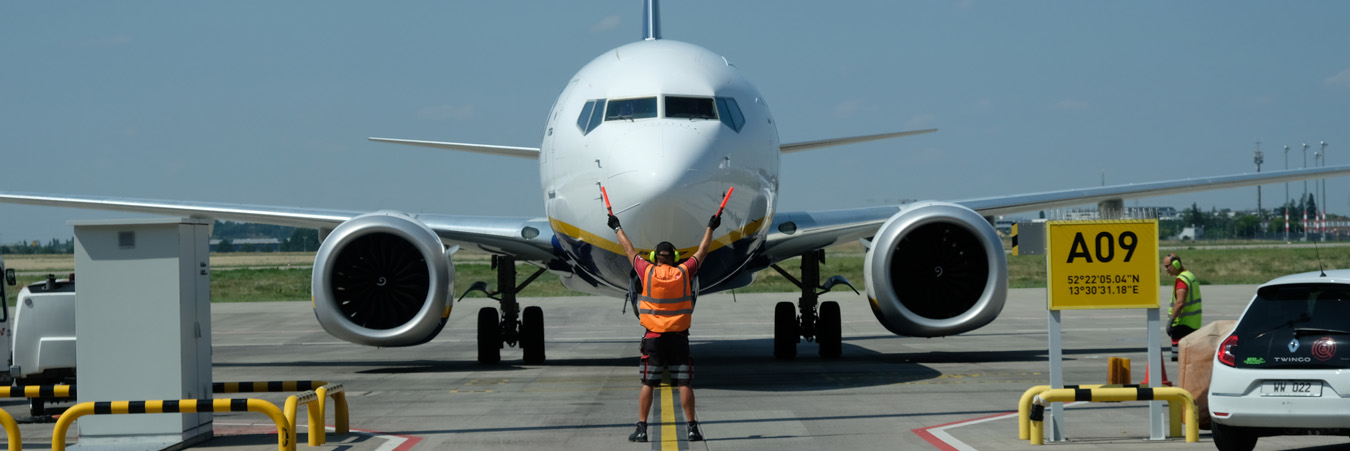
During 2023, EASA took over the management and hosting of the Aircraft Noise and Performance (ANP) legacy data, approved prior to EASA’s legal mandate under the ‘Balanced Approach’ Noise Regulation, in order to establish a single source of ANP data within Europe.
An assessment of the Environmental Noise Directive implementation in 2023 concluded that the Commission should assess possible improvements, including noise reduction targets at the EU level as per the Zero Pollution Action Plan.
This same assessment noted that Member States needed to accelerate compliance efforts and ensure that mitigation measures are in line with the Balanced Approach.
There is growing pressure to address environmental impacts at the ‘airport system’ level or else face more stringent operational restrictions.
Revisions to the EU Ambient Air Quality Directives agreed in 2024 included development of air quality action plans where limits are exceeded, enhanced monitoring of compliance, greater transparency for citizens as well as penalties and compensation for infringements.
In 2022, the 1st Zero Pollution Action Plan Monitoring Assessment concluded that the 2030 noise target is unlikely to be met, while good progress had been made on air pollution targets.
51% of operations in Europe were made by aircraft compliant with the latest Chapter 14 noise standard in 2023.
Significant airport initiatives are being taken forward to invest in onsite production of renewable energy to electrify ground support equipment, thereby mitigating noise and emissions.
Airport infrastructure will need to be adapted to accommodate Sustainable Aviation Fuel (SAF) and zero emissions aircraft (electric, hydrogen) to meet ReFuelEU Aviation requirements. Various research projects and funding mechanisms are leading the way.
Some airports are supporting the uptake of SAF through investment in production, supply chain involvement, raising awareness, financial incentives and policy engagement.
118 airports in Europe have announced a net zero CO2 emissions target by 2030 or earlier, of which 16 airports have already achieved it.
In 2023, a new Level 5 was added to the Airport Carbon Accreditation programme requiring 90% CO2 emissions reductions in Scopes 1 and 2, a verified carbon footprint and a Stakeholder Partnership Plan underpinning the commitment of net zero CO2 emissions in Scope 3.1
1 Scope 1: direct airport emissions. Scope 2: indirect emissions under airport control from consumption of purchased electricity, heat or steam. Scope 3: emissions by others operating at the airport such as aircraft, surface access, staff travel.
